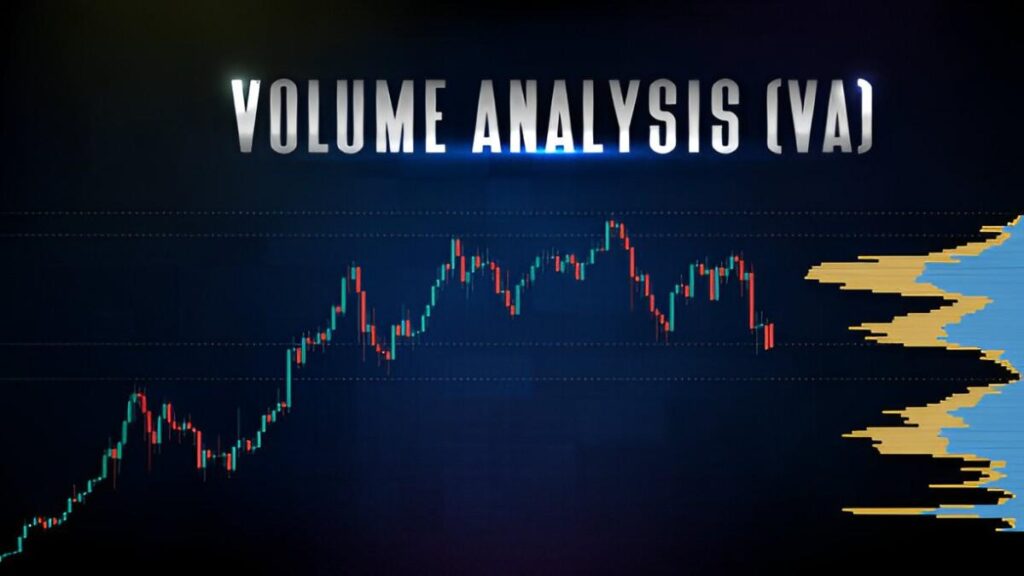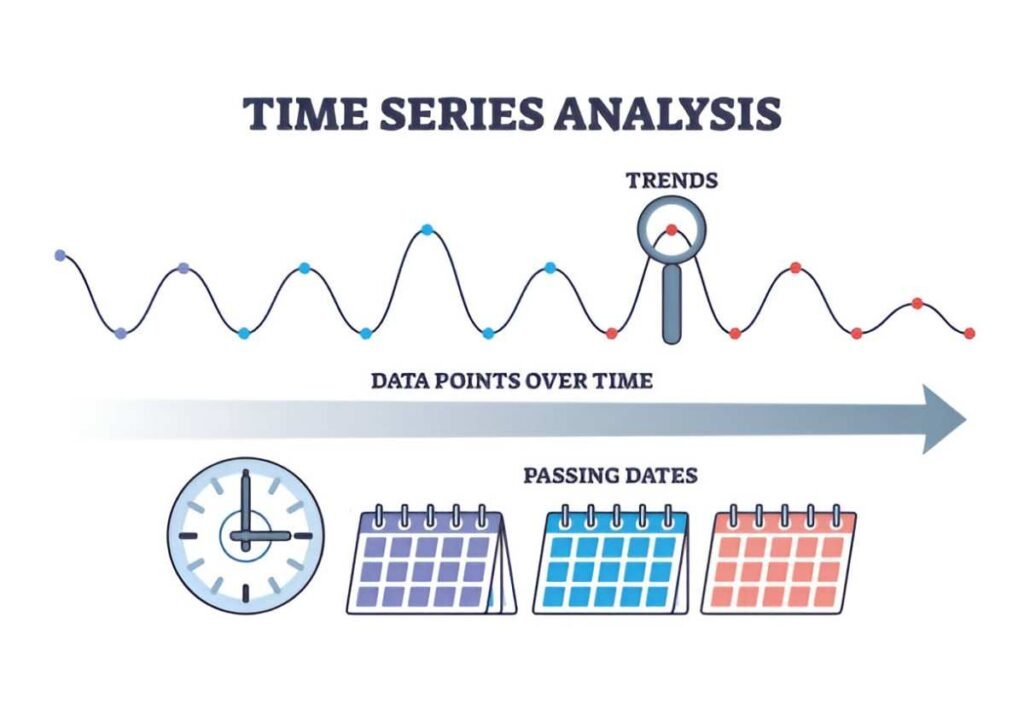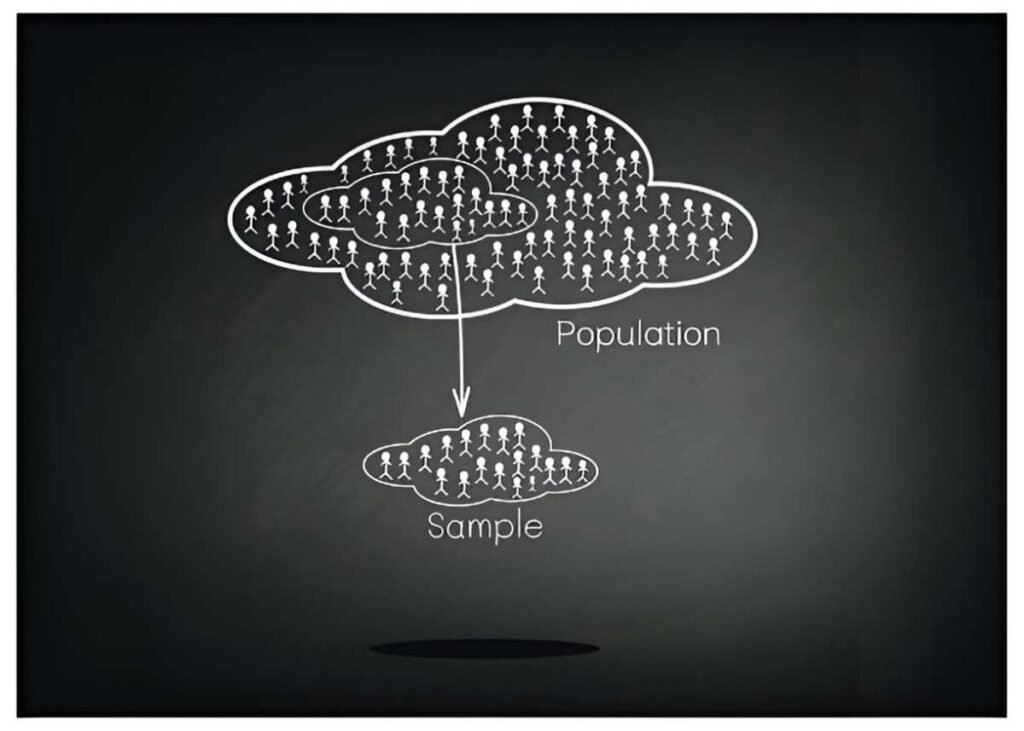As someone who has worked in finance and data analysis for years, I find the geometric mean one of the most underappreciated yet powerful statistical tools. Unlike the arithmetic mean, which most people learn early on, the geometric mean provides a more accurate measure when dealing with multiplicative processes, such as investment returns, population growth, or any scenario where values compound over time. In this article, I’ll break down what the geometric mean is, why it matters, and how to use it effectively in real-world applications.
Table of Contents
What Is the Geometric Mean?
The geometric mean is a type of average that calculates the central tendency of a dataset by multiplying the numbers together and then taking the n-th root (where n is the count of numbers). Mathematically, for a dataset with n values x_1, x_2, …, x_n, the geometric mean (GM) is:
GM = \sqrt[n]{x_1 \times x_2 \times … \times x_n}This formula contrasts with the arithmetic mean, which sums the values and divides by n. The key difference? The geometric mean accounts for compounding effects, making it ideal for datasets with multiplicative relationships.
Why Use the Geometric Mean?
Suppose I analyze annual investment returns of +10\%, -5\%, and +15\%. The arithmetic mean suggests an average return of 6.67\%. But if I calculate the actual compounded growth, the geometric mean gives a more realistic 6.17\%. This difference may seem small, but over decades, it can significantly alter financial projections.
Calculating the Geometric Mean: Step-by-Step
Let’s walk through an example. Suppose I have the following annual returns for an investment:
| Year | Return (%) |
|---|---|
| 1 | 8 |
| 2 | -3 |
| 3 | 12 |
| 4 | 5 |
First, convert percentages to growth factors:
- Year 1: 1 + 0.08 = 1.08
- Year 2: 1 - 0.03 = 0.97
- Year 3: 1 + 0.12 = 1.12
- Year 4: 1 + 0.05 = 1.05
Now, multiply them:
1.08 \times 0.97 \times 1.12 \times 1.05 \approx 1.232Take the 4th root (since there are 4 years):
GM = \sqrt[4]{1.232} \approx 1.0536Convert back to a percentage:
(1.0536 - 1) \times 100 \approx 5.36\%This means the investment grew at an average rate of 5.36\% per year, not the arithmetic mean of 5.5\%.
Geometric Mean vs. Arithmetic Mean
The choice between these two means depends on the data’s nature. Here’s a comparison:
| Feature | Geometric Mean | Arithmetic Mean |
|---|---|---|
| Best for | Multiplicative, compounded data | Additive, independent data |
| Sensitivity to outliers | Less sensitive | More sensitive |
| Use case | Investment returns, growth rates | Test scores, temperatures |
If I analyze stock returns, the geometric mean prevents overestimating long-term performance. However, if I measure average temperatures, the arithmetic mean suffices since temperatures don’t compound.
Applications in Finance
1. Investment Returns
Fund managers often report the geometric mean to reflect true compounded growth. For example, the S&P 500’s long-term return is better represented geometrically.
2. Portfolio Performance
When comparing two funds, the geometric mean smooths volatility. A fund with erratic returns may have a high arithmetic mean but a lower geometric mean, signaling higher risk.
3. Inflation and Interest Rates
Economists use the geometric mean to calculate average inflation rates because price changes compound over time.
Limitations of the Geometric Mean
While powerful, the geometric mean has drawbacks:
- Cannot handle zero or negative values – Since multiplication by zero yields zero, datasets with zeros make the geometric mean zero. Negative values introduce complex numbers, which are impractical in most real-world analyses.
- More complex to compute – Unlike the arithmetic mean, which requires simple addition and division, the geometric mean involves products and roots.
Geometric Mean in Other Fields
Biology
Biologists use it to model population growth rates, where each generation’s size depends multiplicatively on the previous one.
Engineering
Engineers apply it in signal processing to average signal-to-noise ratios, which are multiplicative.
Economics
The Human Development Index (HDI) uses the geometric mean to combine income, education, and life expectancy, ensuring no single factor dominates.
Practical Example: Housing Price Appreciation
Suppose I track annual home price changes in a neighborhood:
| Year | Change (%) | Growth Factor |
|---|---|---|
| 1 | 7 | 1.07 |
| 2 | -2 | 0.98 |
| 3 | 10 | 1.10 |
Calculating the geometric mean:
GM = \sqrt[3]{1.07 \times 0.98 \times 1.10} \approx 1.048This gives an average annual growth rate of 4.8\%, not the arithmetic mean of 5\%. Over 10 years, this difference compounds significantly.
Final Thoughts
The geometric mean is indispensable when dealing with compounded data. It provides a truer measure of central tendency in finance, biology, and economics. While it requires more computation than the arithmetic mean, its accuracy in multiplicative scenarios justifies the effort.





